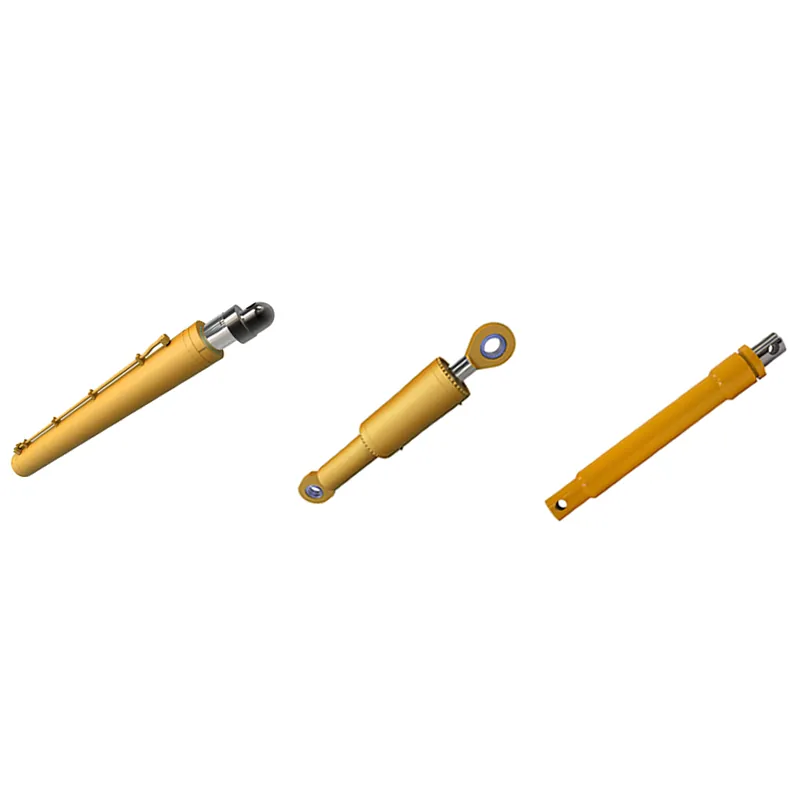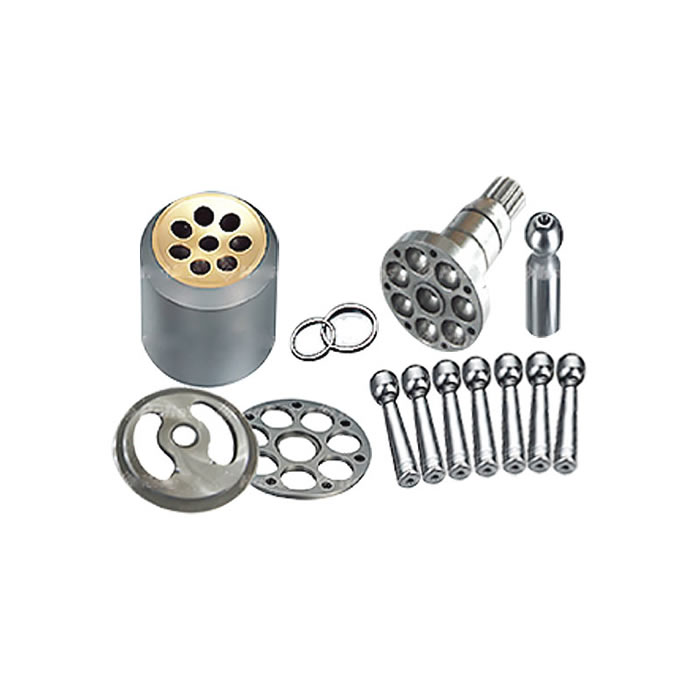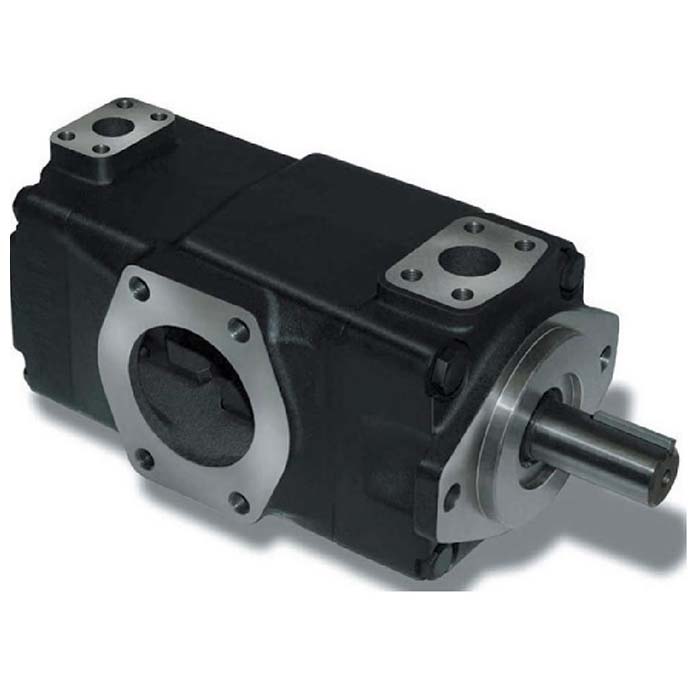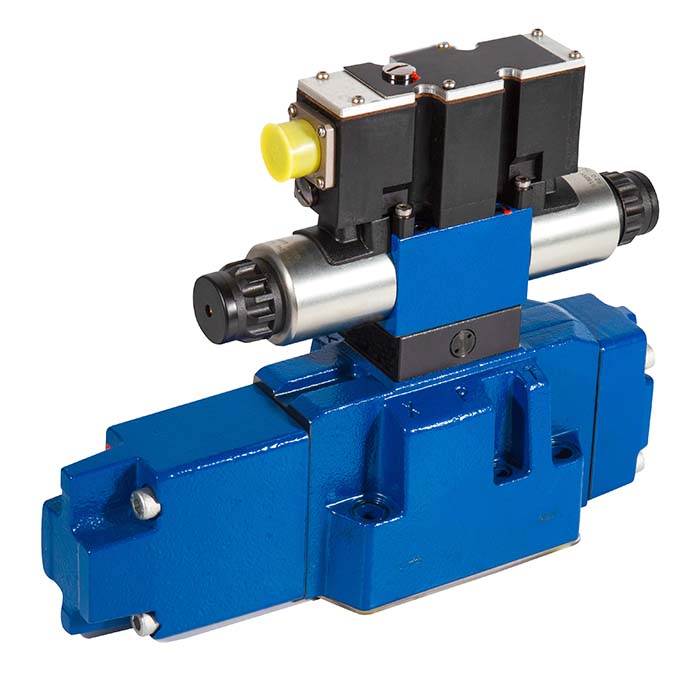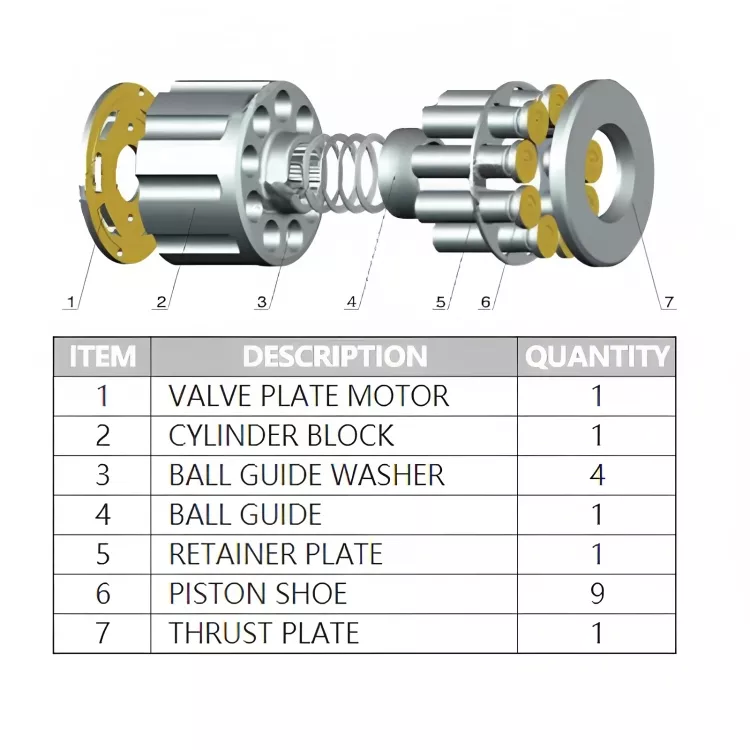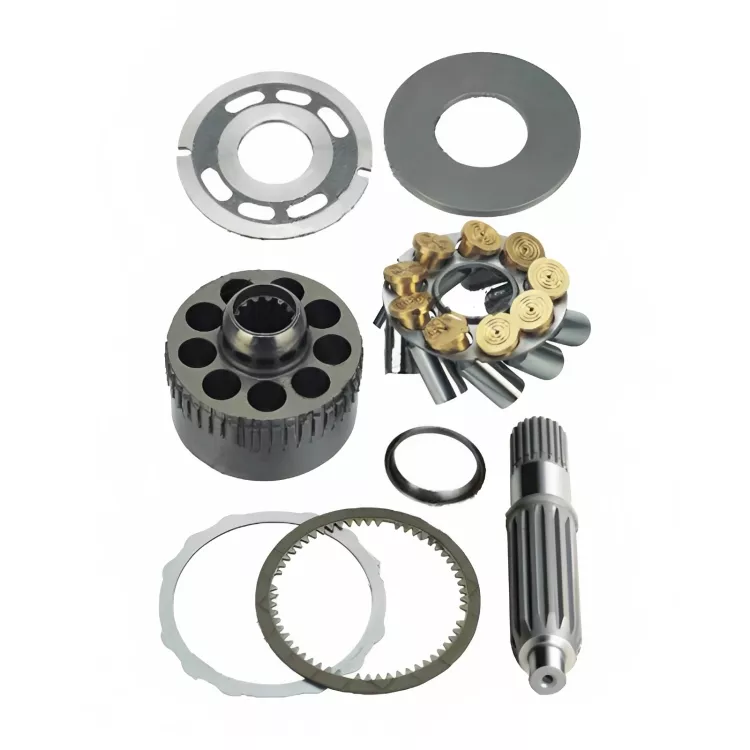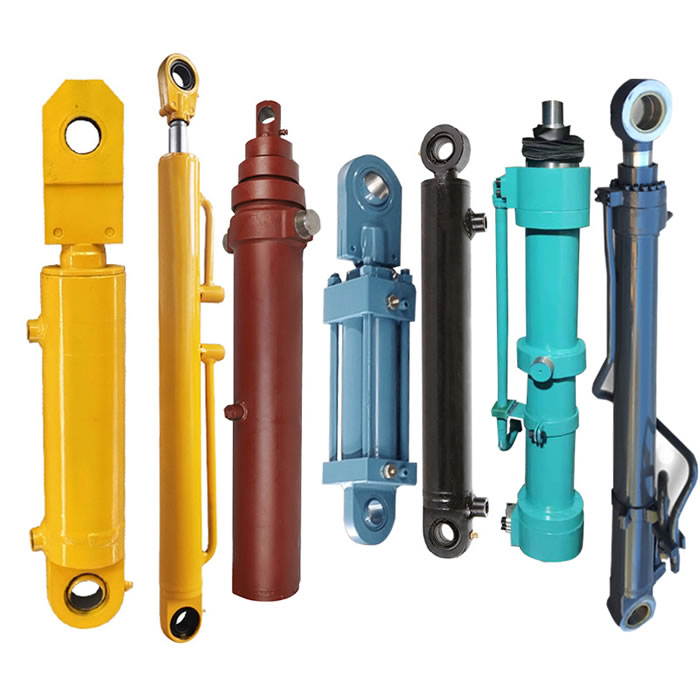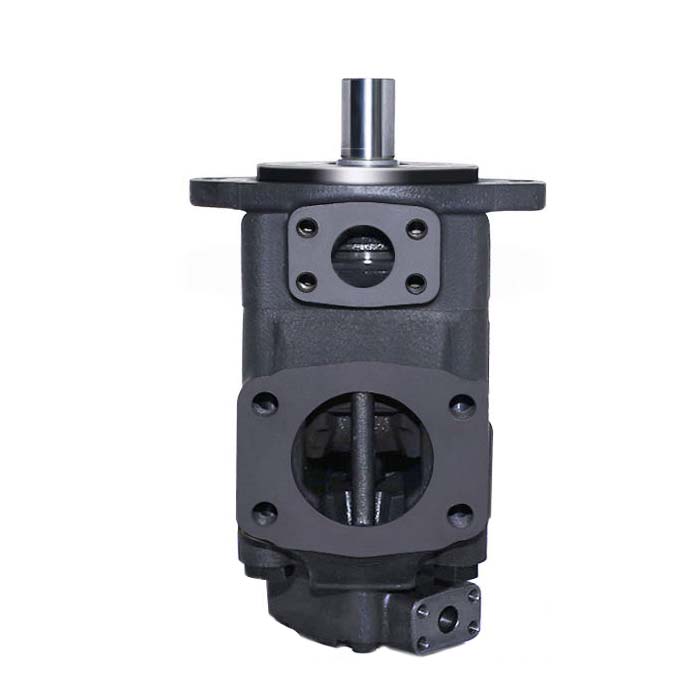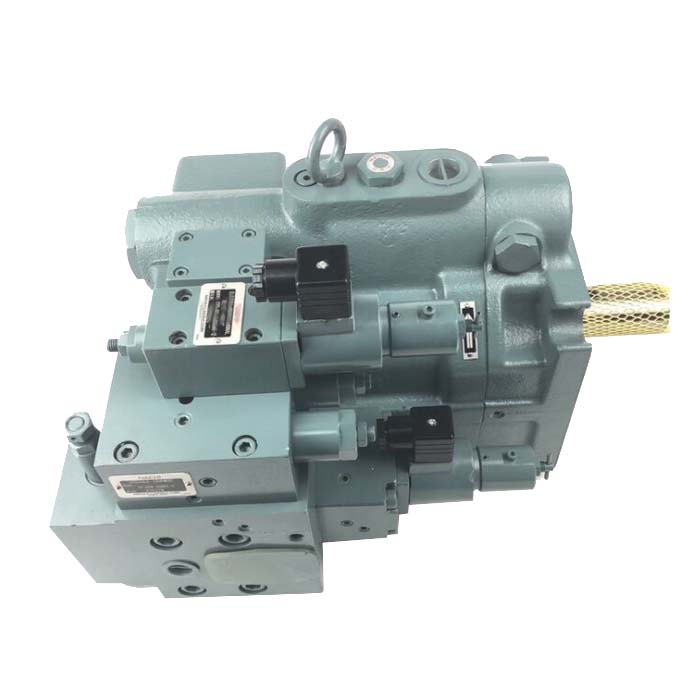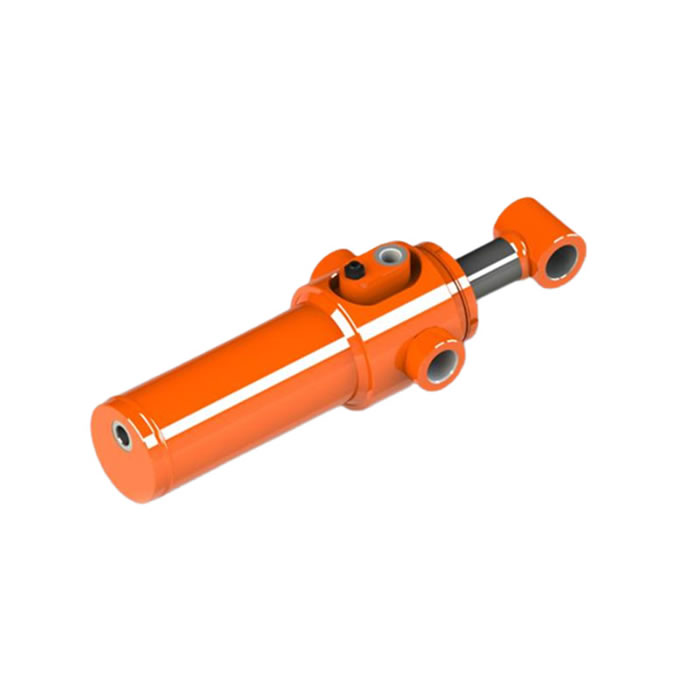Tolerances for pistons and cylinders
Introduction
The tolerance between the piston and cylinder is a critical aspect of engine design and manufacturing.
Appropriate tolerance ensures proper functionality, performance, and longevity of the engine.
This article explores the determination of piston-cylinder tolerances, common measurement methods,
potential consequences of incorrect tolerances, and steps to optimize performance based on these tolerances.
I. How is the Tolerance between the Piston and Cylinder Determined?
The determination of piston-cylinder tolerance involves careful consideration of several factors:
1. Design Specifications: Engine designers analyze various parameters such as operating conditions, power requirements,
thermal expansion characteristics of materials used, and anticipated wear to establish initial tolerance ranges.
2. Material Selection: The choice of materials for pistons and cylinders affects their thermal expansion rates
and wear characteristics. Compatibility between materials is crucial in determining suitable tolerances.
3. Lubrication System: The type and effectiveness of lubrication play a significant
role in determining allowable clearances within the piston-cylinder interface.
4. Manufacturing Processes: The capabilities of manufacturing techniques like
honing or boring influence achievable tolerances during production.
II. Common Methods for Measuring and Ensuring Proper Tolerances:
To ensure proper tolerancing between pistons and cylinders, several measurement methods are commonly employed:
1. CMM (Coordinate Measuring Machine): CMMs use probes to measure dimensional features accurately
on both pistons and cylinders, allowing for precise assessment of clearance values.
2. Optical Metrology Systems: These systems utilize non-contact optical
scanning techniques to capture 3D surface profiles for detailed analysis.
3. Bore Gauges: Bore gauges provide direct measurements within cylinders
by employing telescopic arms or air pressure differential techniques.
4. Plug Gauges: Plug gauges are used to check piston diameters by
inserting them into the cylinder bore at specific locations.
5. Surface Profilometers: Surface profilometers assess surface roughness within
the cylinder bore that can impact frictional losses during engine operation.
III. Potential Consequences of Incorrect Tolerances:
Having either too tight or too loose tolerances between pistons and cylinders can lead to adverse effects:
1. Too Tight Tolerances: Excessive interference may cause increased frictional losses,
resulting in reduced power output, potential overheating, and accelerated wear on both components.
2. Too Loose Tolerances: Insufficient clearance may lead to excessive noise, vibration,
and loss in compression, resulting in decreased engine efficiency, reduced performance, and increased oil consumption.
IV. Steps to Minimize Friction, Optimize Performance, and Extend Longevity:
To optimize engine performance based on piston-cylinder tolerances, the following steps can be taken:
1. Optimal Lubrication System Design: The implementation of an efficient lubrication system with
appropriate oil viscosity minimizes friction, reduces wear, and helps maintain consistent clearances through proper cooling.
2. Precision Manufacturing Processes: Maintaining tight control over manufacturing processes
such as honing, boring, and finishing ensures consistent dimensional accuracy, resulting in
optimized clearances and reduced variation across engines produced.
3. Material Selection Considerations: The selection of materials with low coefficients of thermal expansion,
maximum hardness, resistance against wear, and compatibility with lubricants helps maintain optimal
clearances over a wide range of temperatures and operating conditions.
4. Regular Maintenance Practices: Frequent inspections of pistons, cylinders, lubrication systems,
and overall engine condition allow early detection of any deviations from optimal clearances.
Proactive maintenance practices, such as timely replacement or reconditioning of components
with excessive wear, minimize performance degradation and extend engine longevity.
Conclusion
Optimizing piston-cylinder tolerance not only enhances engine performance but also contributes to extended longevity.
This article has highlighted the importance of determining appropriate clearance values for pistons and cylinders,
discussed common measurement methods for ensuring accurate tolerance assessments, detailed the potential
consequences of incorrect tolerance choices, before outlining steps to take in order to minimize friction,
optimize performance, and extend the lifespan based on optimal tolerancing practices.

